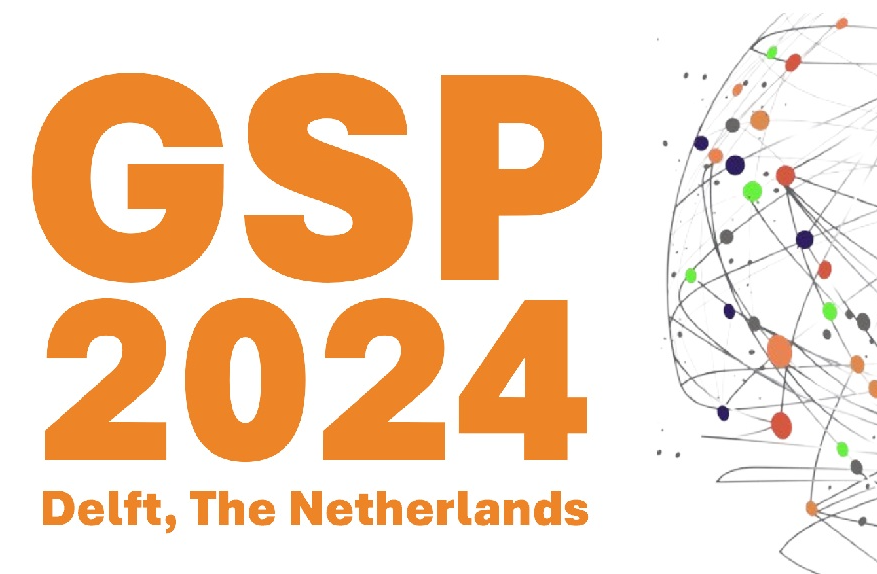Agenda
MSc ME Thesis Presentation
- Monday, 27 February 2023
- 15:00-17:00
- Lecture Hall E - Robert Hooke (Building 34)
Two-photon polymerization-based 3D-multi-electrode arrays for electrical monitoring of neuronal cells
Thomas Michalica
Abstract:
3D-multi-electrode arrays (3D-MEAs) are needed to overcome the limitations of 2D-multi-electrode arrays (2D-MEAs) and enable the electrical characterisation of 3D neuronal cultures in in-vitro brain models, advancing the understanding of neurological disorders and paving the way to personalized medicine. The aim of this thesis was to overcome some of the limitations of current 3D-MEA devices and develop structures approaching the stiffness of the brain microenvironment, by using materials softer than conventional Silicon.
A polymeric 3D-MEA was designed and developed by means of an innovative combination of two-photon polymerisation (2PP), a 3D printing technology with sub-micrometer resolution, and standard wafer-level microfabrication methods from the semiconductor industry. Two novel fabrication protocols were developed, the first being a combination of 2PP with high-aspect ratio photolithography, which, though feasible, proved to require an inconveniently laborious process flow. The second fabrication process employed instead 2PP to fabricate the polymeric structures, pattern the microelectrodes, and provide electrical insulation. The 2PP-based process flow was ultimately preferred due to its potential for fabrication of structures of higher aspect ratio and geometrical complexity for 3D-MEA, extending their measurement resolution. Furthermore, a wafer-level alignment routine was developed with an alignment repeatability of 2PP structures of ±5 µm, which enabled the multistep 2PP fabrication process. A novel maskless photolithography via 2PP process was also developed to pattern thin films over slanted surfaces, utilizing photoresist and glycerol-based immersion optics.
The resulting 3D-MEA consisted of 15 printed polymeric pyramids featuring a total of 60 gold microelectrodes. The electrical insulation of the traces was partially successful, and will require further process development. The results demonstrate the feasibility of merging, for the first time, the 2PP process with standard wafer-level microfabrication techniques, specifically for the fabrication of a 3D-MEA for in-vitro studies of iPSC neuronal cultures.
The 2PP-based solutions provided in this thesis show a promising pathway for the development of more complex and biomimetic 3D-MEAs. More generally, the developed wafer-level alignment routine and maskless photolithography via 2PP process for high-aspect ratio structures contribute to advance the field of microfabrication, and may enable the development of other types of innovative microdevices.
Agenda
- Thu, 25 Apr 2024
- 15:30
- EEMCS, Snijderszaal
Microelectronics colloquium

Achilleas Savva
Regenerative Bioelectronic Technologies - #ReBooT
'Regenerative Bioelectronics' merges insights from two distinct research domains: stem cell-based regenerative medicine and bioelectronic engineering. The great therapeutic potential of stem cells to give solutions to untreated neurological disorders, has recently been verified by clinical trials in human
- Mon, 6 May 2024
- 12:30
- Aula Senaatszaal
PhD Thesis Defence

Christoph Manss
Multi-agent exploration under sparsity constraints
- Tue, 21 May 2024
- 10:00
- Aula Senaatszaal
PhD Thesis Defence

Wangyang Yu
- 27 -- 28 May 2024
- Aula, TU Delft
Conferences

44th Benelux Symposium on Information Theory and Signal Processing (SITB'24, Delft)
- Tue, 18 Jun 2024
- 15:00
- Aula Senaatszaal
PhD Thesis Defence

Hanie Moghaddasi
Model-based feature engineering of atrial fibrillation
- Mon, 24 Jun 2024
- Aula, TU Delft
Conferences

7th Graph Signal Processing Workshop (GSP 2024)
- Wed, 10 Jul 2024
- 10:00
- Aula Senaatszaal
PhD Thesis Defence
